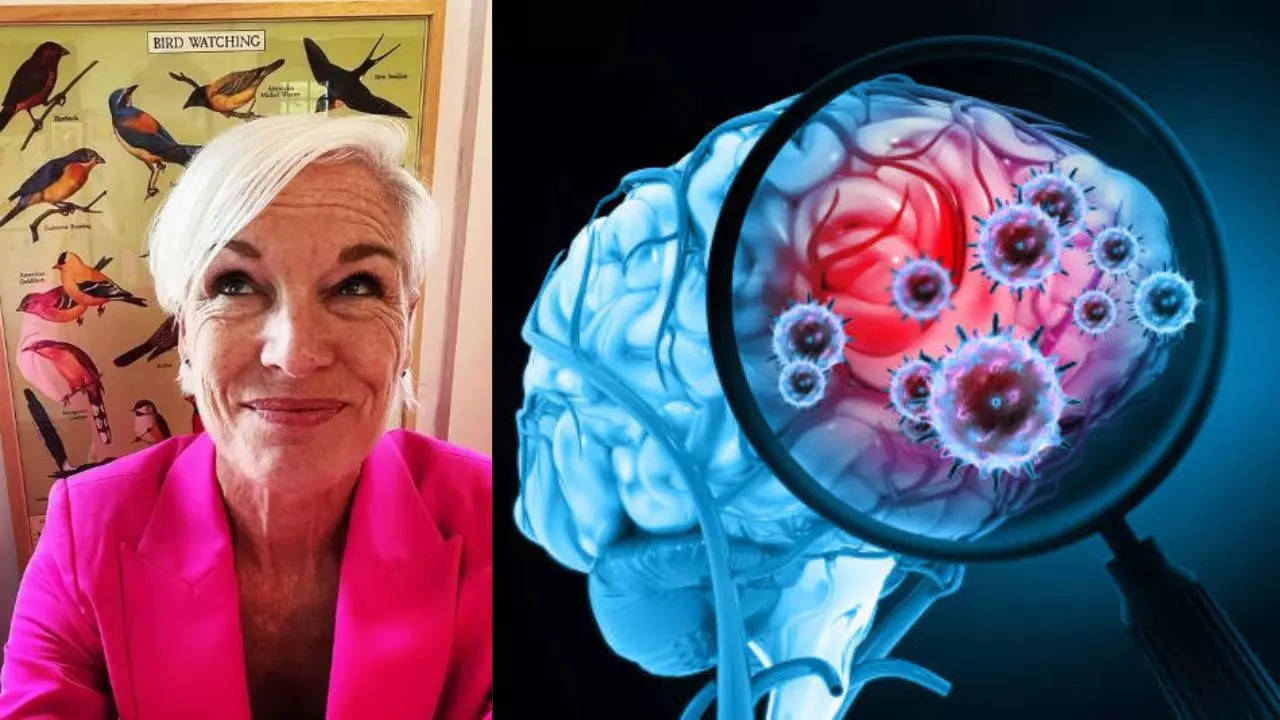Contents
-
news
-
Health
What is glioblastoma, an aggressive brain cancer that women’s rights activist Cecile Richards died of? Know the main symptoms
Cecile Richards, a prominent advocate for women’s rights and other progressive causes and the former president of Planned Parenthood, died on Monday after battling glioblastoma, a form of brain cancer. In a statement, her family confirmed her death, saying she passed away at home, “surrounded by family and her faithful dog, Ollie.” Read on to learn all about this aggressive and rare form of cancer and its causes.

Various changes in your DNA lead to the development of glioblastoma brain tumors (Picture: Instagram/iStock)
Former Planned Parenthood president Cecil Richards has died at the age of 67 after battling brain cancer. The leading women’s rights activist shared her cancer diagnosis on social media last January and said she was suffering from glioblastoma, a fast-growing, malignant brain tumor that originates from glial cells in the brain or spinal cord. It happens.
Glioblastoma is the most common type of primary brain cancer in adults.
Richards described undergoing a whirlwind of treatments, including chemotherapy and radiotherapy, while continuing her activism.
What is glioblastoma?
Glioblastoma, also known as GBM, is the most common type of malignant brain tumor that begins in the brain, mostly in adults. According to experts, cancer cells in glioblastoma tumors grow and multiply very quickly, causing the cancer to spread to other areas of your brain and spinal cord. However, cancer rarely spreads outside your brain to other parts of your body.
Glioma tumors like GBM begin in glial cells – which are important for nerve cell function. Glioblastoma forms exclusively in glial cells and astrocytes.
Doctors say that this devastating type of cancer can result in death in less than six months without treatment, so it is important to get diagnosed and treated as soon as possible to prolong your life.
What causes glioblastoma?
According to studies, the development of glioblastoma brain tumors occurs due to various changes in your DNA, which occur in genes. These instruct your cells about how to grow and multiply. And that’s when cells go out of control because of a mutation in the DNA in your genes.
Various studies also show that it is possible to inherit genetic variations from your biological parents, but inherited GBM is rare.
What are the risk factors for glioblastoma?,
Glioblastoma usually affects people between the ages of 45 and 70 and the average age of diagnosis is 64. Men are at slightly higher risk, but the disease affects all ages and genders. These factors may increase your risk:
- Exposure to chemicals such as pesticides, petroleum, synthetic rubber, and vinyl chloride
- hereditary tumor-causing conditions
- previous radiation therapy to your head
Signs and Symptoms of Glioblastoma
While the symptoms of glioblastoma appear early, some of the major symptoms include:
- blurred or double vision
- severe headache
- loss of appetite
- memory problems
- There are changes in mood and personality
- muscle weakness or balance problems
- nausea and vomiting
- recovery
- speech issues
- frequent numbness and tingling
Can glioblastoma be managed or cured?,
According to doctors, there is no cure for glioblastoma, and treatment mostly focuses on removing or shrinking the tumor to reduce symptoms, extend your life, and improve your quality of life. However, the first step is surgery to remove the tumor, followed by radiation and chemotherapy. If surgery is not an option due to your health or the location of the tumor, the doctor may also advise you to undergo radiation and chemotherapy to manage it.
Glioblastoma treatment includes:
- radiation therapy
- intensity-modulated radiation therapy
- stereotactic radiosurgery
- Chemotherapy
- Laser Interstitial Thermal Therapy or Laser Ablation
- targeted therapy
- tumor treatment area
- immunotherapy
Get the latest news live on Times Now with breaking news and top headlines from around the world.
What are the risk factors for glioblastoma?
Signs and Symptoms of Glioblastoma
Can glioblastoma be managed or cured?


